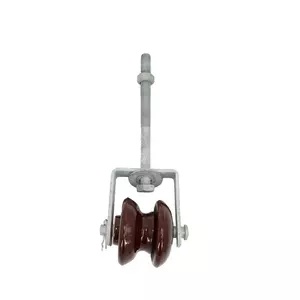
A shackle insulator is a type of electrical insulator used to support and insulate the overhead conductors. Its design allows it to withstand mechanical stresses, electrical loads and environmental factors. Its function is to provide electrical insulation between the conductor and the support structure. The shackle insulator also supports the weight of the conductor and help maintain the proper alignment and spacing. It consists of an insulating part made from porcelain or polymer materials. It also had sheds for improving electrical performance. A shackle attachment helps to connect the insulator to the supporting structure. Shackle insulators provide mechanical support and electrical insulation to ADSS and OPGW cables. The insulator should have designs capable of holding the weight and diameter of the cables. Shackle insulators work in power systems, substations, renewable energy and telecommunication networks.
Types of shackle insulator
There are several types and designs of the shackle insulator to select from in the market. Each type has a specific design to meet different application requirements. The choice of the insulator depends on various factors. These include voltage rating, mechanical load capacity and environmental conditions. The following are the common types of shackle insulators to select from.
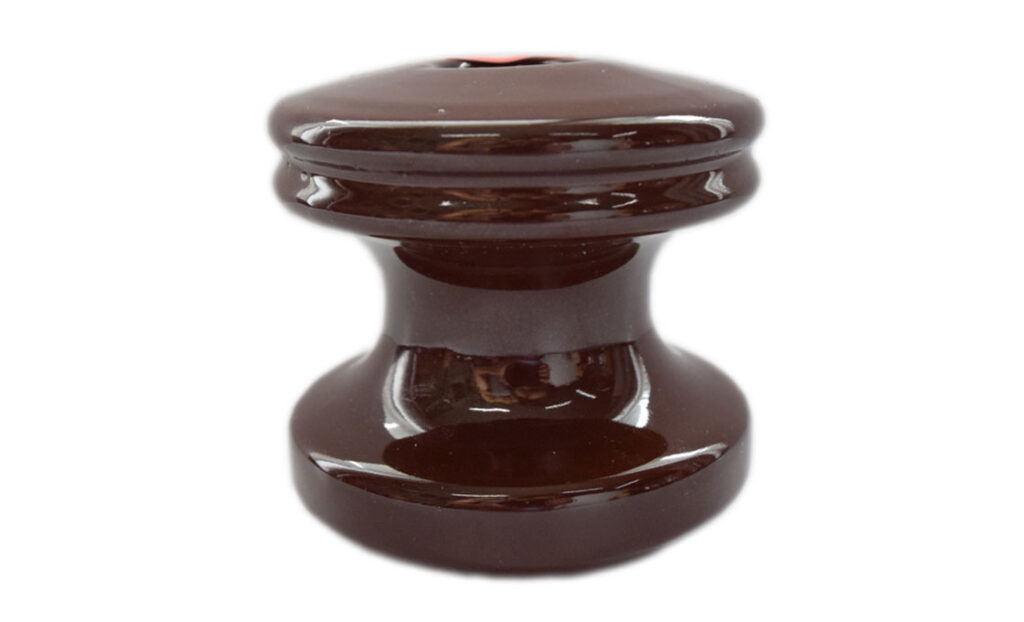
- Hybrid shackle insulator – these have a porcelain core, end fittings and an insulating housing. The housing is from composite materials for durability. They offer balance between the mechanical strength and the pollution resistance.
- Angled shank shackle insulator – these insulators have an offset from the insulating part. It allows for flexibility in mounting configurations.
- Porcelain shackle insulator – these are from high-strength porcelain materials. These provide excellent electrical insulation and mechanical strength. They offer durability, resistance to pollution and ability to withstand high voltages.
- Long rod shackle insulator – these provide increased creepage distance and improved electrical performance.
- Insulated shackle insulator – the insulators feature a metal rod covered with an insulating sheath. This design prevents flashovers and enhances the electrical insulation properties.
- Composite shackle insulators – these are from fiberglass-reinforced polymer materials. They offer benefits like lighter weight, high mechanical strength and resistance to pollution.
- Tension shackle insulator – these work in tension-type insulator assemblies. This is especially where they face tensile forces due to conductor tension.
- Polymer shackle insulators – polymer insulators provide good electrical insulation, light weight construction and resistance to pollution. They are mainly used in low to medium voltage transmission lines.
Selecting the best shackle insulator
There are several types of shackle insulators in the market to select from. They have different designs, shapes and sizes from different manufacturers and suppliers. Selecting the best shackle insulator depends on the type of application and the specific requirements. Additionally, it is advisable to consult with industry professionals for the best insulator for your needs. Below are the various factors to consider when selecting the best shackle insulator to purchase.
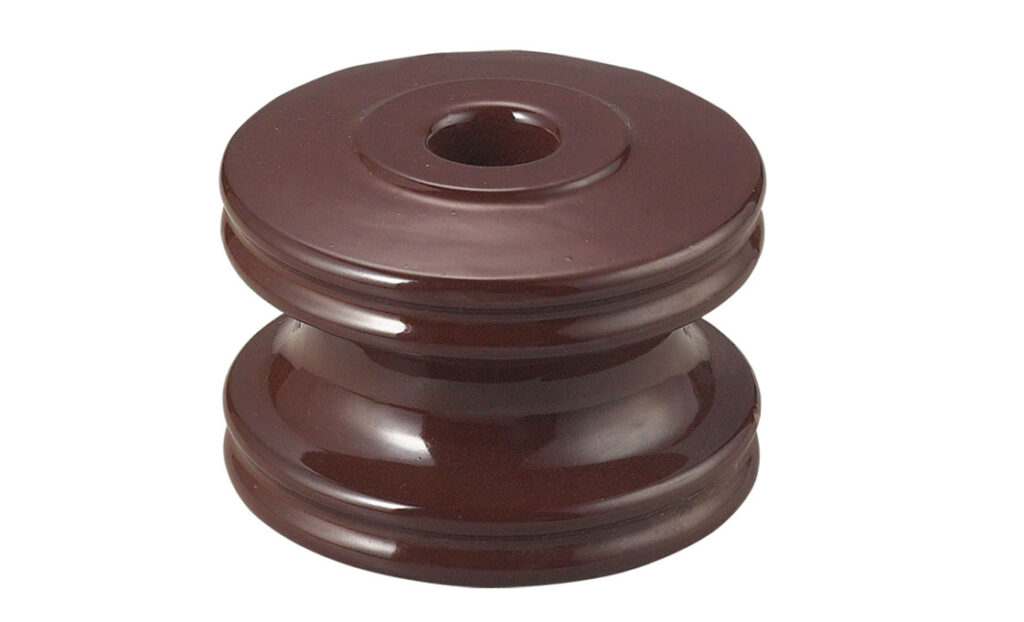
- Voltage rating – determine the voltage level of the transmission line or system where the insulator will install. The voltage level should match with the system requirements.
- Mechanical load – check the mechanical load that the insulator will experience in the application. This includes tension, compression, wind loads and conductor weight.
- Environmental conditions – consider the environmental conditions in which the insulator will work on. Check the pollution, salt spray, temperature variations and UV exposure. These conditions can impact the insulator performance.
- Material – check the material used to make the insulator which have different advantages and considerations.
- Pollution performance – select an insulator with excellent pollution performance. This is to ensure reliable operation in polluted environments.
- Maintenance needs – consider the maintenance needs of the insulator which need frequent cleaning.
- Standards and regulations – ensure the selected insulator meets the relevant industry standards and regulations . These include ANSI, IEC of other national standards.
- Manufacturer reputation – consider the reputation and track record of the manufacturer or supplier. They should have proven track record for producing high quality and reliable insulator.
Installation process for shackle insulators
The installation of shackle insulators is a critical aspect of setting up transmission lines. It should help to ensure the reliable and safe performance of the electrical system. Also, ensure proper installation practices following the manufacturers guidelines and instructions. The following is a step-by-step installation guide for shackle insulator.
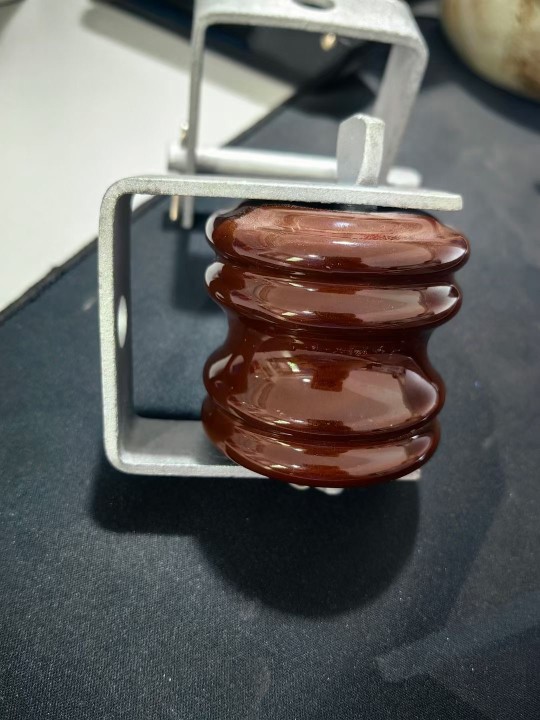
- Safety precautions – ensure to follow all safety protocols using suitable personal protective equipment.
- Shackle insulators inspection – inspect each shackle insulators for any visible damages. Ensure the insulators meet the specifications required for the application.
- Equipment preparation – gather the necessary tools and equipment for installation. This includes wrenches, insulator strings, bolts and nuts.
- Select installation location – identify the locations on the transmission or distribution line where the shackle insulators will install.
- Positioning – position the shackle insulator at the desired location on the support structure and ensure proper spacing.
- Attach insulators to crossarm – attach it using appropriate hardware and tighten. This helps to ensure a stable connection. Tighten the mounting hardware to ensure the insulators are properly secured and aligned.
- Connect the conductor – install the conductor into the shackle insulator to align within the insulator’s groove.
- Attachment for sag – adjust the length of the insulator string to achieve the desired sag in the conductor.
- Tighten connections – ensure all nuts and bolts are tight to help maintain the mechanical strength of the installation.
- Clearance verification – check and verify clearance between the conductors and between the conductors.
- Final inspection – perform a final inspection of the installed shackle insulator to ensure they meet quality and safety standards.
- Documentation – keep detailed records of the installation. This is including the type and specifications of the shackle insulators used.
Maintenance practices for shackle insulator
Regular maintenance and inspection of shackle insulators ensures that systems remain reliable. It also aids in the identification and resolution of potential concerns that could lead to failures and accidents. Also, professional maintenance and inspections should be on a regular basis. The following is a simple approach on maintaining and inspecting shackle insulators.
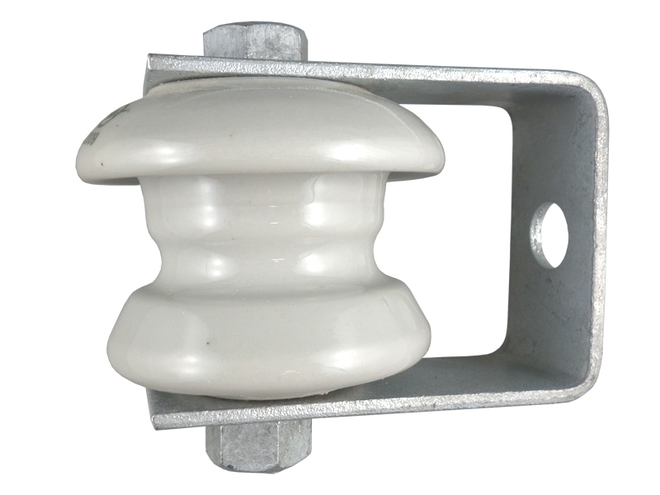
- Establish a routine inspection schedule based on the environmental conditions and the criticality of the installation.
- Conduct visual inspection of shackle insulators to check for any visible signs of damage like cracks, chips or discoloration.
- Clean the insulator surface regularly to remove dust, dirt and pollutants. This is through the use of a soft brush or low-pressure spray to avoid damaging the insulating material.
- Ensure the leakage distance of the insulator meets the requirements for the pollution severity of the area.
- Check the mechanical integrity of the insulator by inspecting the attachment points, bolts and nuts.
- Verify the sag in the conductor is within the specified limits and adjust the length of the insulator string.
- Ensure proper clearances between the conductors and nearby structures.
- Conduct ultrasonic tests to detect internal defects or cracks that may not be visible during a visual inspection.
- Apply suitable coatings to metal components to protect them against corrosion.
- Keep detailed records of maintenance activities, inspections and any corrective actions taken.
Surface treatments for shackle insulators
Shackle insulators requires surface treatments to enhance their performance, durability and resistance to environmental factors. Surface treatments protect the shackle insulators from pollution, moisture and other sources of degradation. This helps to extend the life and maintain their performance in electrical distribution. Additionally, it is advisable to consult with experts for guidance on the best treatments depending on application needs. The following are the common treatments for shackle insulators.
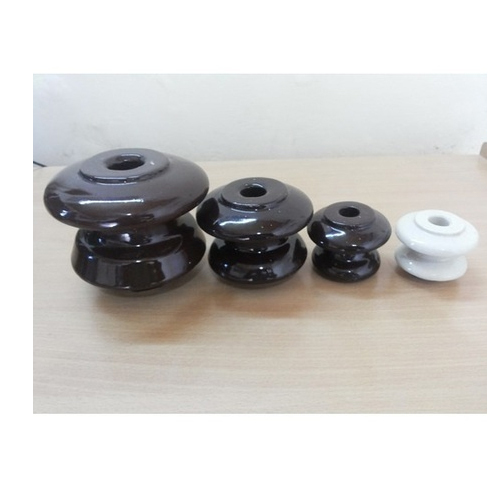
- Glazing – this involves applying a smooth, glossy coating to the surface of the insulator to improve its resistance. They are easier to maintain which makes them ideal for use in polluted environments.
- Silicone rubber coating – this works on composite insulators to provide extra protection against environmental factors. They are able to resist UV radiation, ozone and moisture.
- Insulator shed design – the design also influences its surface performance. The sheds help to improve the insulators electrical performance. This is by increasing the creepage distance.
- Hydrophobic coating – these apply to the surface of the insulator to repel water and reduce the risk of surface wetting. This also helps to reduce the accumulation of pollutants and reduce the risk of flashover in wet conditions.
- Corona ring installation – these rings install around the shackle insulator to control the electric field distribution. They also reduce the risk of corona discharge. It also helps to mitigate the effects of corona discharge.
- Surface coating or corrosion protection – surface coatings apply to the metal components of the shackle insulator. This is to protect against rust and degradation and include paints, zinc plating or other corrosion resistant materials.
Frequently asked questions
A shackle insulator is an insulator used in overhead power distribution and transmission systems. Its function is to support and insulate conductors while attaching them to supporting structures.
Consider voltage rating, mechanical load capacity, material construction, creepage distance and corona performance.
Shackle insulators attach to supporting structures using mounting hardware such as bolts, nuts and washers. Conductors then attach to the insulators using suitable connectors.
The insulators provide electrical insulation to prevent current leakage and short circuits and support the weight of conductors. They also withstand stress and ensure safe operation of overhead line systems.
